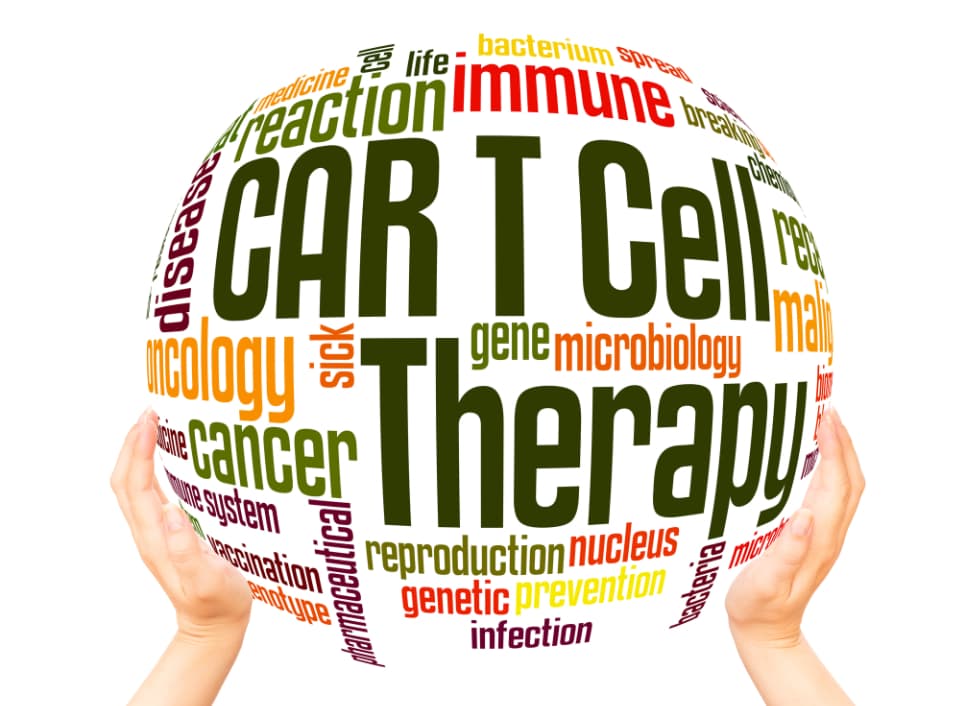New research reveals severe non-inflammatory neurological complications in young patients following CAR-T therapy
A study from Children’s Hospital of Philadelphia has uncovered rare but severe neurological side effects in children, adolescents, and young adults receiving CAR-T cell therapy for leukaemia, highlighting the need for further investigation into the complex mechanisms underlying these complications.
Chimeric antigen receptor T-cell (CAR-T) therapy has emerged as a groundbreaking treatment for certain blood cancers, particularly B-cell acute lymphoblastic leukaemia (B-ALL). Whilst its efficacy has been well-established, researchers continue to uncover new information about potential side effects, especially in younger patients. A recent study published in the journal Blood on 26 September 2024 sheds light on previously unreported neurological complications in children and young adults following CAR-T therapy.
Unexpected neurological findings
The research team, led by Dr Caroline Diorio from Children’s Hospital of Philadelphia (CHOP), investigated five cases of severe muscle weakness occurring after CAR-T infusion. These cases presented as either quadriparesis (weakness in all four limbs) or paraparesis (weakness in the lower half of the body), conditions not previously associated with CAR-T therapy in paediatric patients.
What sets these findings apart from typical CAR-T-related neurological complications is the absence of inflammation. Dr Diorio explained, “Our findings suggest CAR-T induced neurological side effects, while rare, can impact a spectrum of age ranges, from children to young adults. The causes of these complications in young people could be more complex than the exclusive T-cell activation and excessive cytokine production that typically leads to inflammation in adults.”
Distinct from ICANS
Immune effector cell-associated neurotoxicity syndrome (ICANS) is a known complication of CAR-T therapy, typically characterised by symptoms ranging from mild confusion to severe issues such as brain swelling, seizures, and coma. However, the neurological complications observed in this study appear to be distinct from ICANS, lacking the inflammatory markers typically associated with the syndrome.
The research team conducted extensive examinations on the five patients, including analysis of cerebrospinal fluid and protein profiles. Full autopsies were performed on two of the deceased patients. The results revealed chronic damage to white matter in the brain, but without the usual inflammatory responses seen in ICANS.
Interestingly, the affected children had lower levels of certain inflammatory chemicals compared to those who did not experience severe symptoms. This finding suggests that the pathophysiology of these neurological complications may be more complex than previously thought, potentially involving factors beyond T-cell activation and cytokine production.
Implications for future research and treatment
While emphasising the overall efficacy and importance of CAR-T therapy, Dr Diorio stressed the need for further investigation into these rare complications. “I can’t emphasize enough that for most patients, immunotherapy, such as CAR-T, is a lifesaver,” she said. “However, these study findings empower us to understand the rare instances when it’s not effective and take prompt action to address that.”
The research highlights the importance of continued vigilance and thorough follow-up in patients receiving CAR-T therapy, particularly in younger age groups. It also underscores the need for further studies to elucidate the mechanisms behind these non-inflammatory neurological complications, which could lead to improved management strategies and potentially help in identifying patients at higher risk.
Advancing our understanding
As CAR-T therapy continues to be refined and applied to a broader range of conditions, studies like this play a crucial role in enhancing our understanding of potential side effects. By identifying and characterising these rare complications, researchers and clinicians can work towards developing targeted interventions and improving patient outcomes.
The findings from this study open up new avenues for research into the complex interplay between CAR-T therapy and neurological function in younger patients. Future investigations may focus on identifying biomarkers that could predict the risk of these complications or exploring potential protective strategies to mitigate neurological damage.
While the study’s small sample size limits broad generalisation, it provides valuable insights that warrant further investigation. As our understanding of CAR-T therapy’s effects on different patient populations continues to grow, we can expect to see ongoing refinements in treatment protocols and patient monitoring strategies.
Reference:
Diorio, C., et al. (2024). Quadriparesis and paraparesis following chimeric antigen receptor T-cell (CAR-T) therapy in children and adolescents. Blood. https://doi.org/10.1182/blood.2024023933


